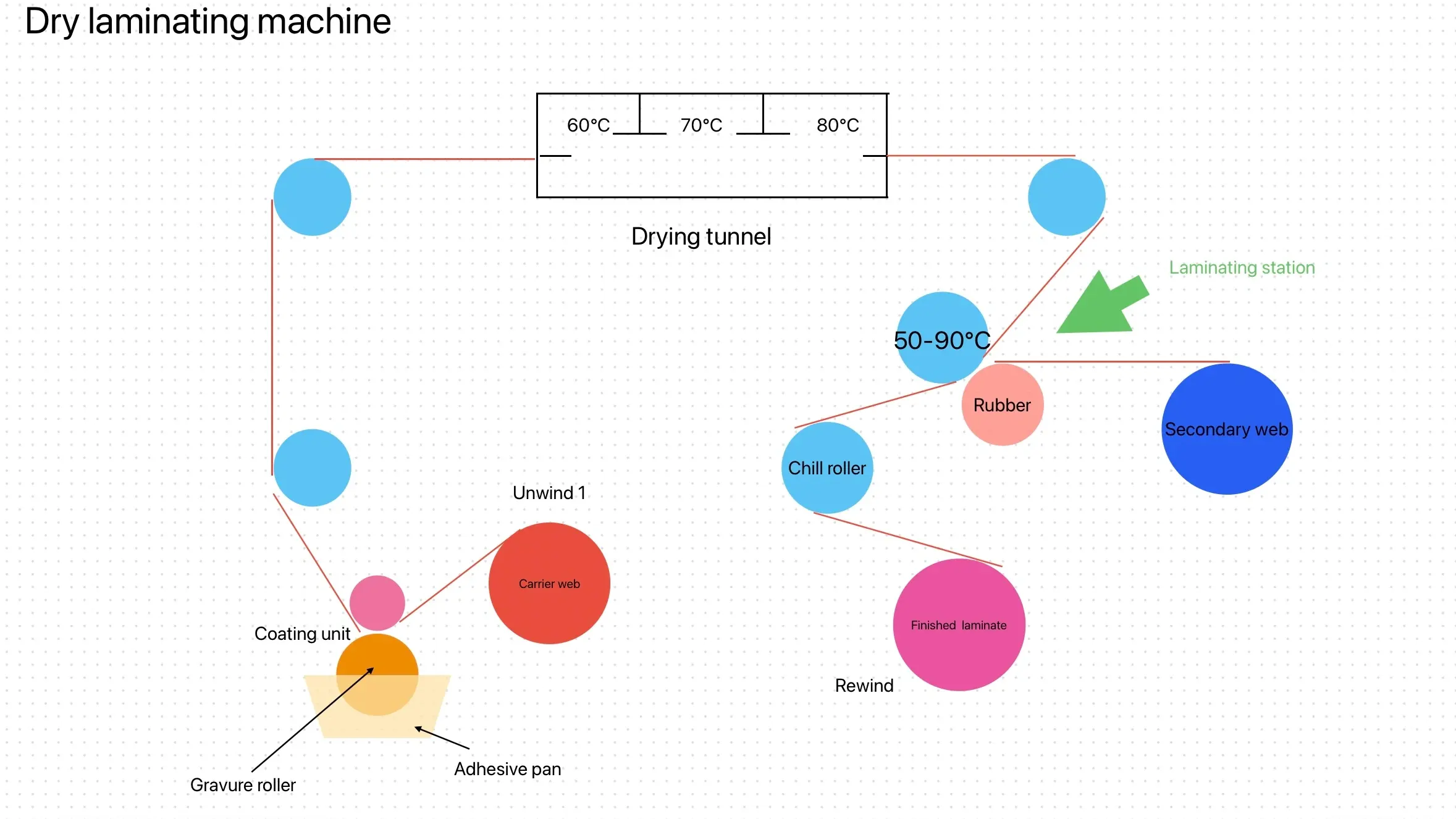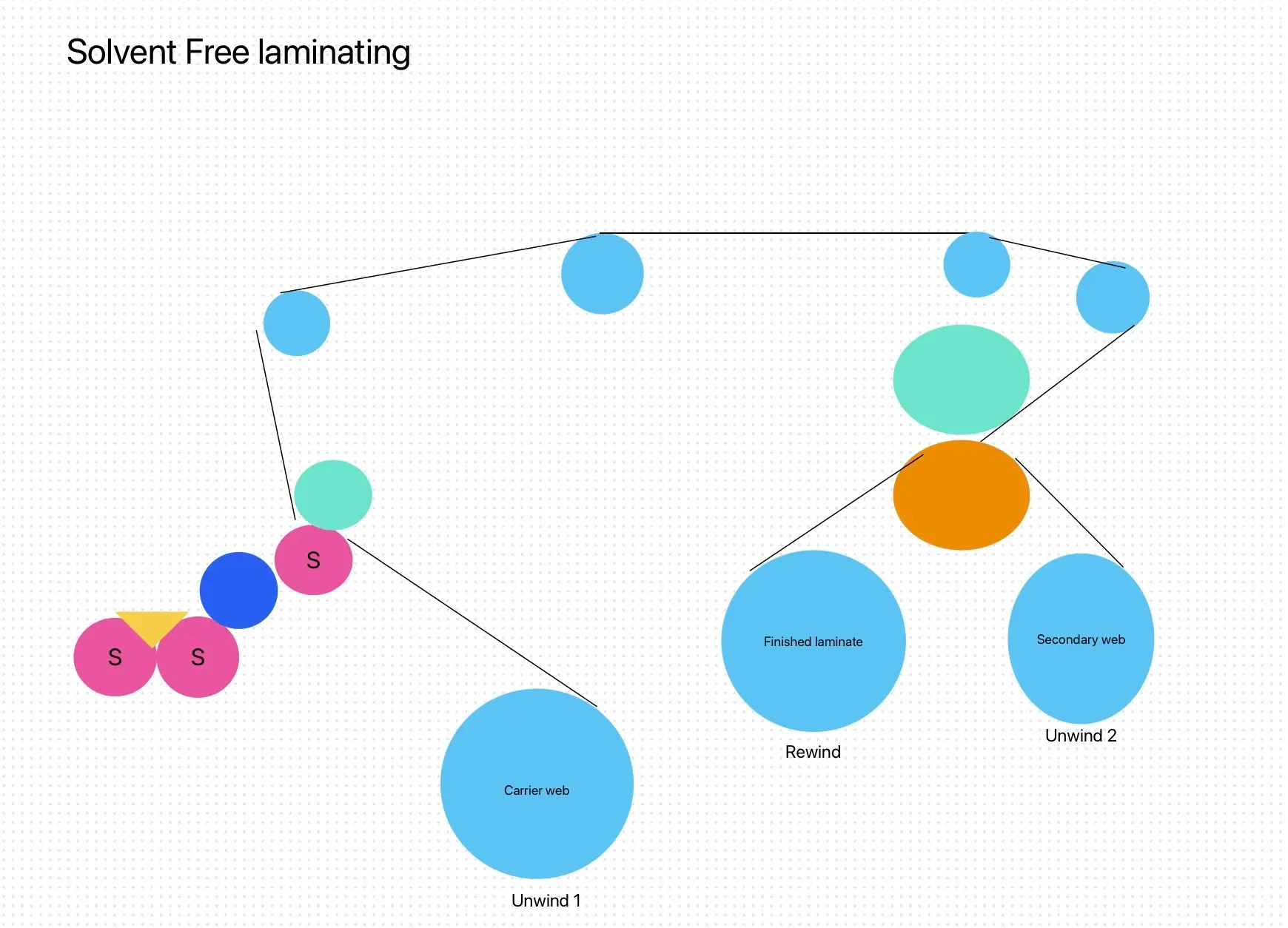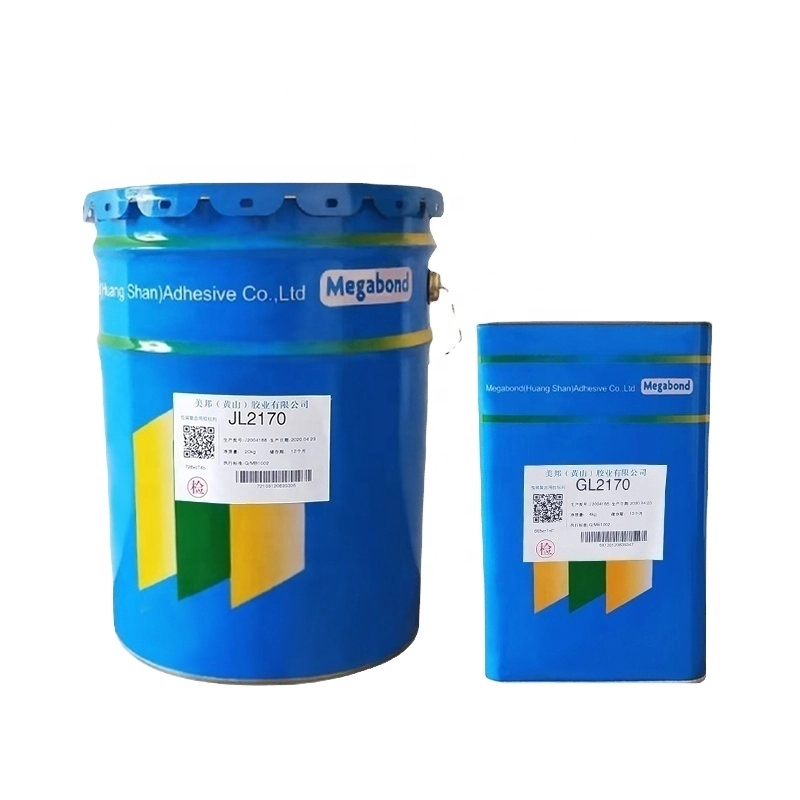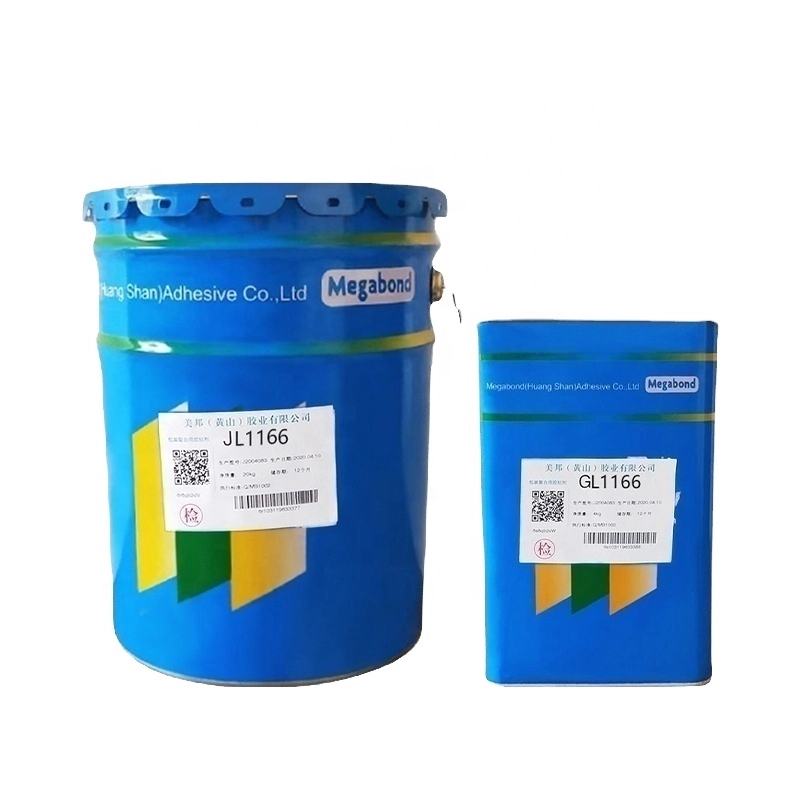Aluminum-plastic composite package boiling adhesive JL2170/GL2170 , capable of laminating materials such as PET, BOPP, CPP, PE, VMCPP, VMPET, NY, and aluminum foil, is specifically formulated for use with dry laminating machines operating at various speeds.

100℃/30min aluminum-plastic boiling sterilization
Aluminum-plastic composite packaging bags are commonly used in the food industry, where the aluminum layer provides excellent physical properties of oxygen isolation, moisture isolation, and light shielding and heat insulation, making it suitable for boiling sterilization. The following are some characteristics and precautions for aluminum-plastic composite packaging bags in boiling sterilization:
Structural features:
Aluminum layer (AL): Provides excellent air barrier properties, prevents the intrusion of oxygen and water vapor, and effectively protects the freshness and nutrition of food.
Plastic layer (usually PE or PP): Provides the closure and mechanical strength of the packaging bag, ensuring that the packaging bag can withstand the high temperature and pressure during the boiling process.
Applicable products:
Aluminum-plastic composite packaging bags are suitable for foods that require high-temperature boiling sterilization, such as canned foods, fast foods, ready-to-eat rice, meat products, etc.
Boiling sterilization process:
Boiling sterilization usually places the packaging bag in high-temperature water or steam to ensure that the food reaches the temperature and time required for sterilization. Aluminum-plastic composite packaging bags can safely withstand these treatment processes due to their high temperature resistance.
Packaging bag selection: Make sure to choose aluminum-plastic composite packaging bags that are specially designed for high-temperature treatment to ensure that their materials can safely and effectively withstand boiling sterilization.
Sterilization conditions: The boiling sterilization conditions for each food may be different, and the sterilization temperature and time must be determined according to the requirements of the specific product.
Packaging bag sealing: During the boiling sterilization process, ensure that the packaging bag has good sealing performance to prevent the penetration of water vapor from affecting the quality and safety of the food.
In summary, aluminum-plastic composite packaging bags can provide effective protection and safety during boiling sterilization, and are suitable for many food application scenarios that require high-temperature treatment.








